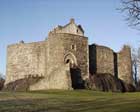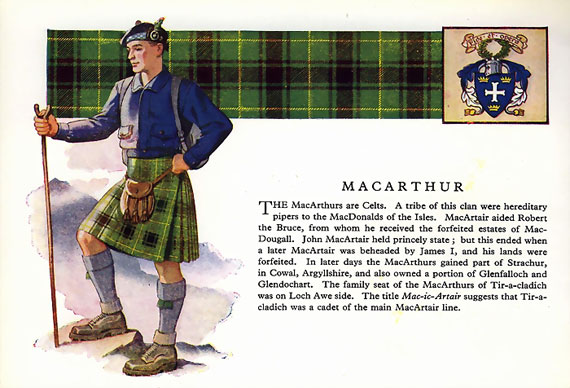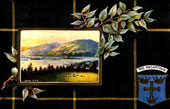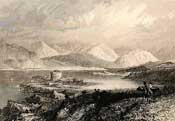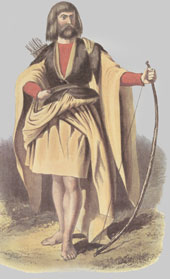 |
||
 |
||
Arthur ClanFide et Opera |
||||||
|
Clan MacArthur information
|
||||||
 |
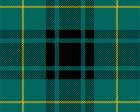 |
 |
||||
|
Clan crest badge |
Dunstaffnage Castle |
MacArthur tartan |
Clan Location |
|||
Clan HistoryA tongue in cheek round up of what I think probably was the biggest influence that determined whether clans flourished or perished seems to be that prior to 1100 the bigger the clan the more swords they can muster the more land and privileges they took or defended. After 1100-ish the Feudal system started to appear whereby the King owned the country and those who supported him or gained his favour were rewarded with lands taken from others not in his favour also levies ( taxes ) and how they were apportioned could level a strong clan. This had both advantages and disadvantages for the nation. The Arthur clan waxed and waned under the feudal system. One of the oldest Argyll clans they owned lands around Loch Awe which must have been populated in close proximity with MacGregors, Campbells and even Stewarts. During Robert the Bruce's reign the Gregor clan were squeezed and later to be outlawed while the MacArthurs were rewarded with lands from the MacDougalls as thanks for support at Bannockburn. They were given the title, at that time, of Captains of Dunstaffnage Castle in 1309 till 1470. The castle was an impressive fortress built on and originally occupied by the MacDougalls until captured by The Bruce in 1309. Thing were looking up. In 1424 King James 1st returned to Scotland having been imprisoned by the English and he set to sorting out his rule over Scotland with gusto. There were a number of clan chiefs summoned to a meeting in Inverness Castle. When they arrived they were thrown in prison. Among them was the clan chief of the Arthurs, who it was said could call upon 1,000 men at arms, probably because of that power he was put to death and his clan lands and rights were severely curtailed. The clan never recovered, many dispersed throughout the highlands or were forced to rent the properties that they had once owned, from the Campbells. The clan members fought on both sides during the Jacobite uprisings. Circumstances came to a head when in 1771 Patrick MacArthur, chief of Clan Arthur sold what was left and sailed away to try his fortunes abroad. Unfortunately he died within the year without a male heir. This left the clan with no figurehead for 230 years until April 2003, when after an exhaustive search through the blood lines a "new" ancestral trail was located and approved by the Lord Lyon King of Arms. the clan finally had a new Chief. The island of Inishail (on loch Awe) is the ancestral burial ground of the Dukes of Argyll.
|
||||||
